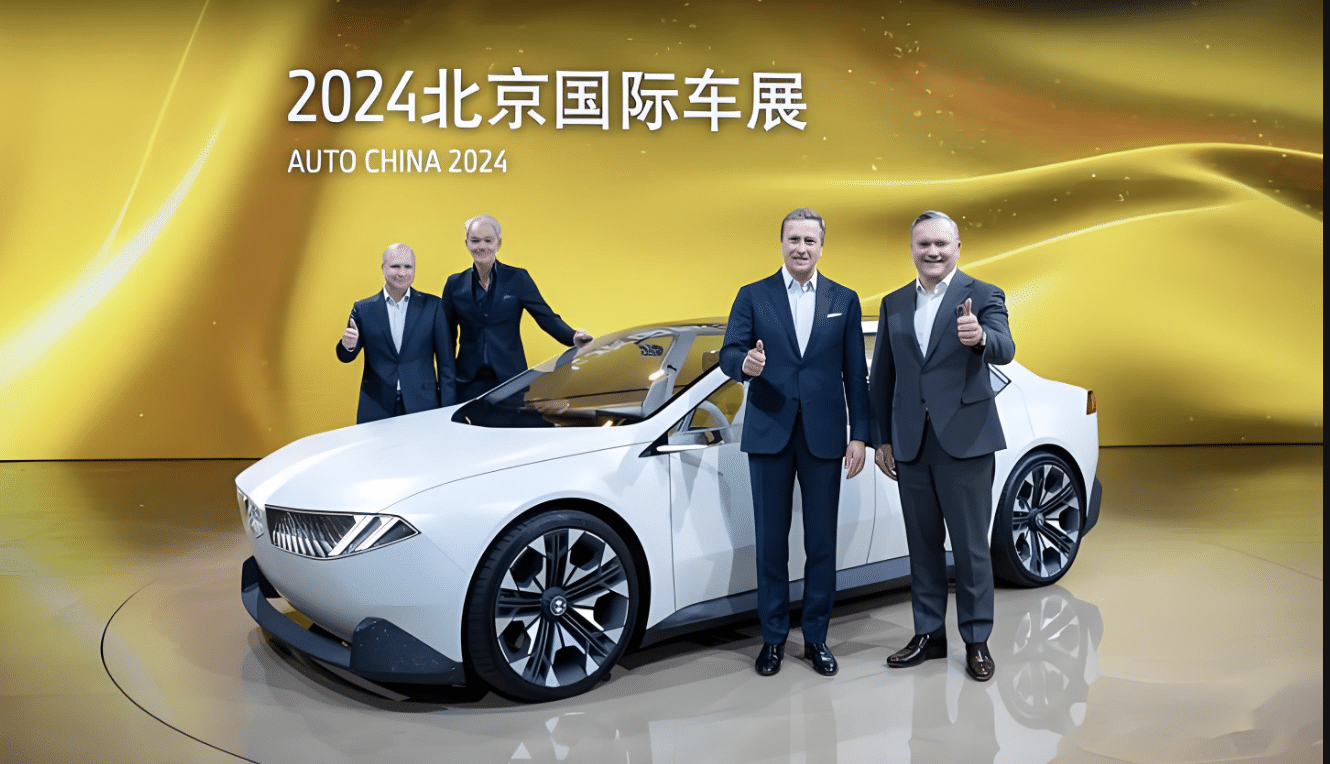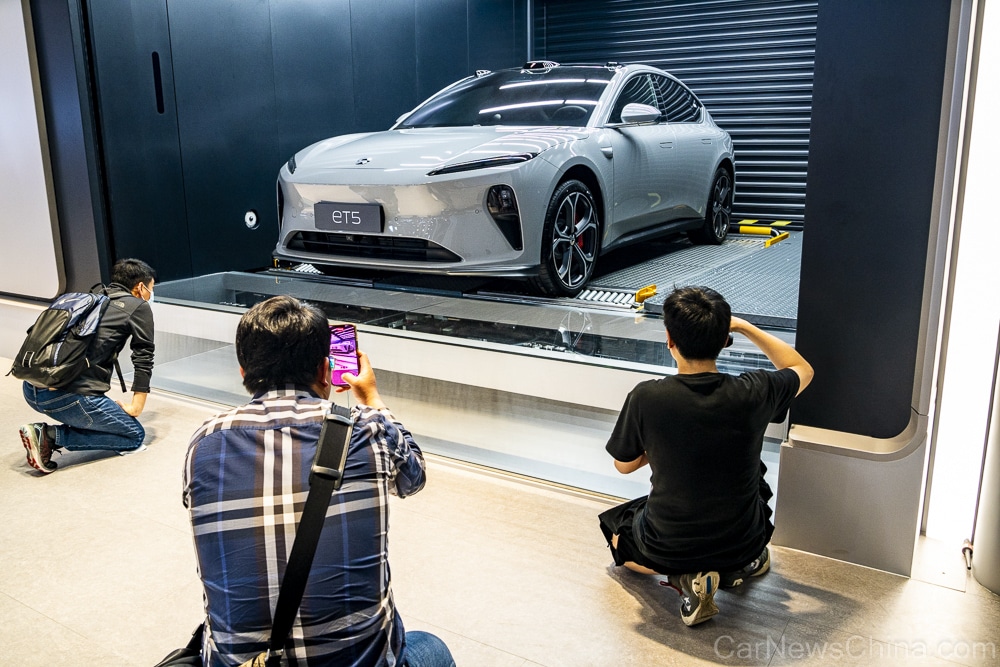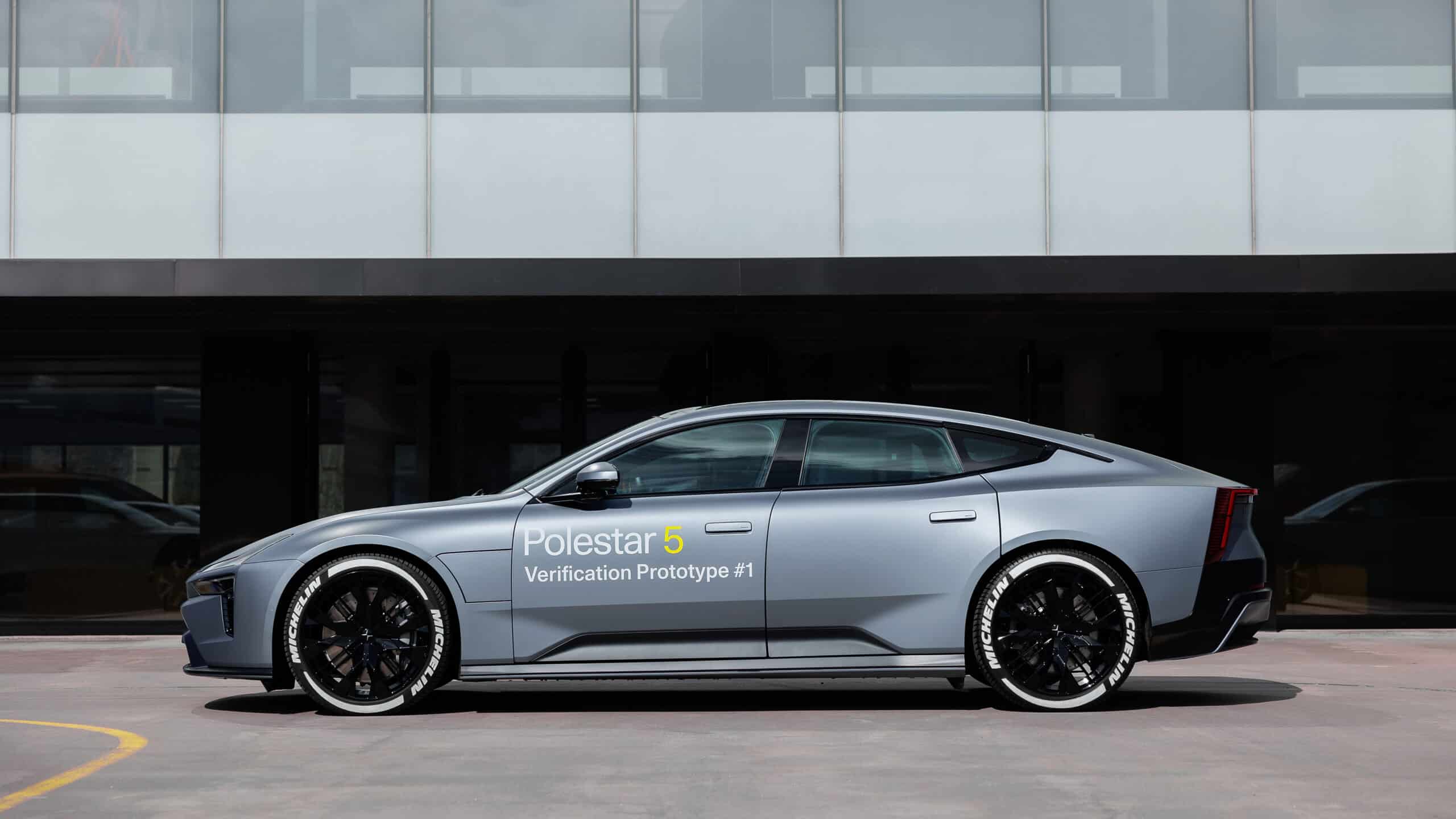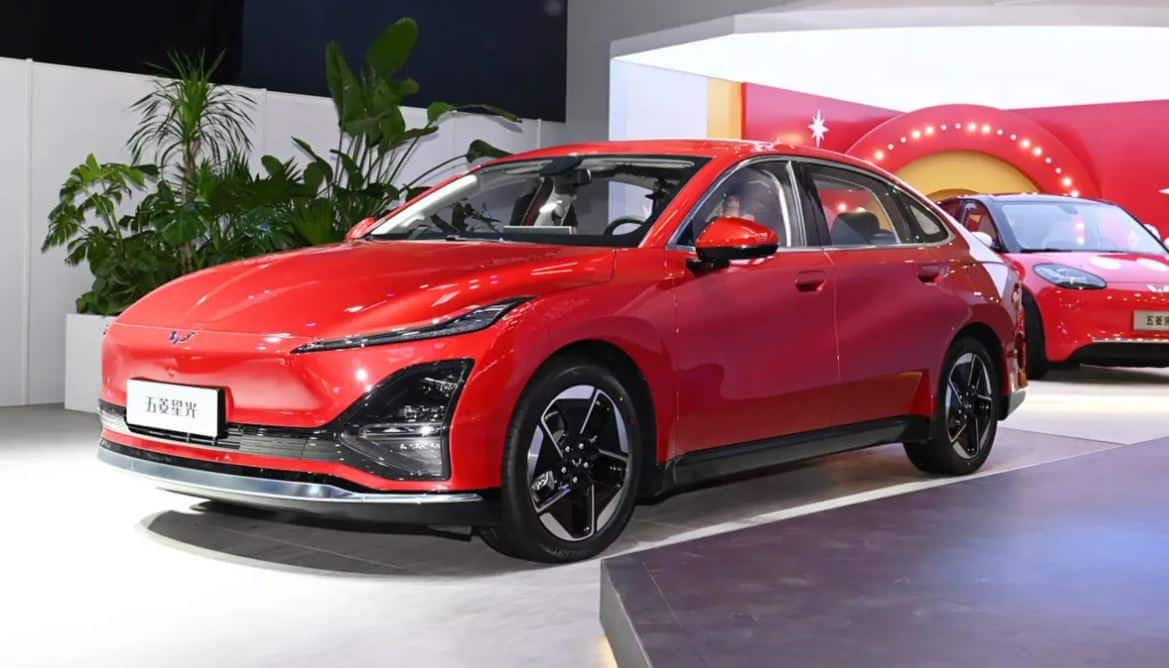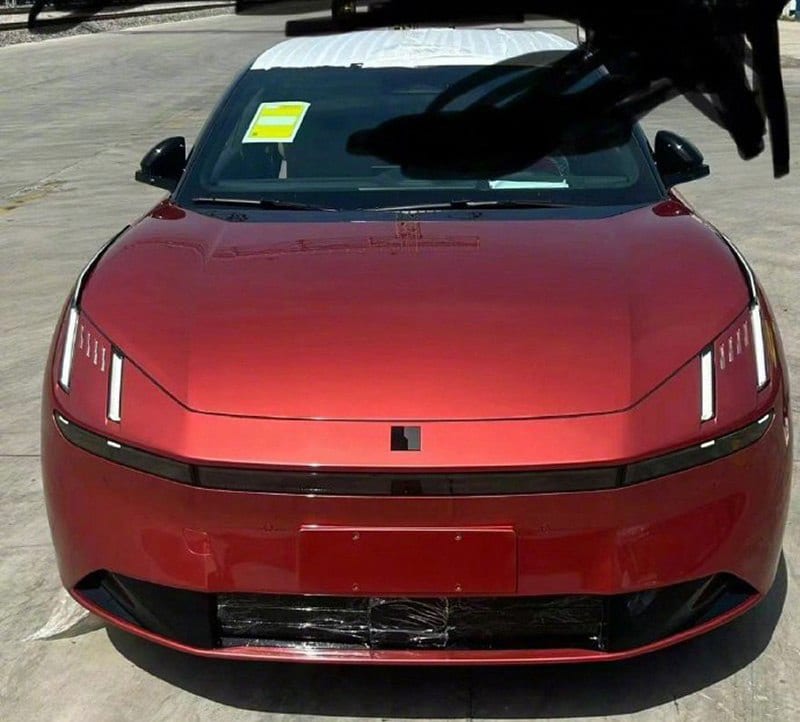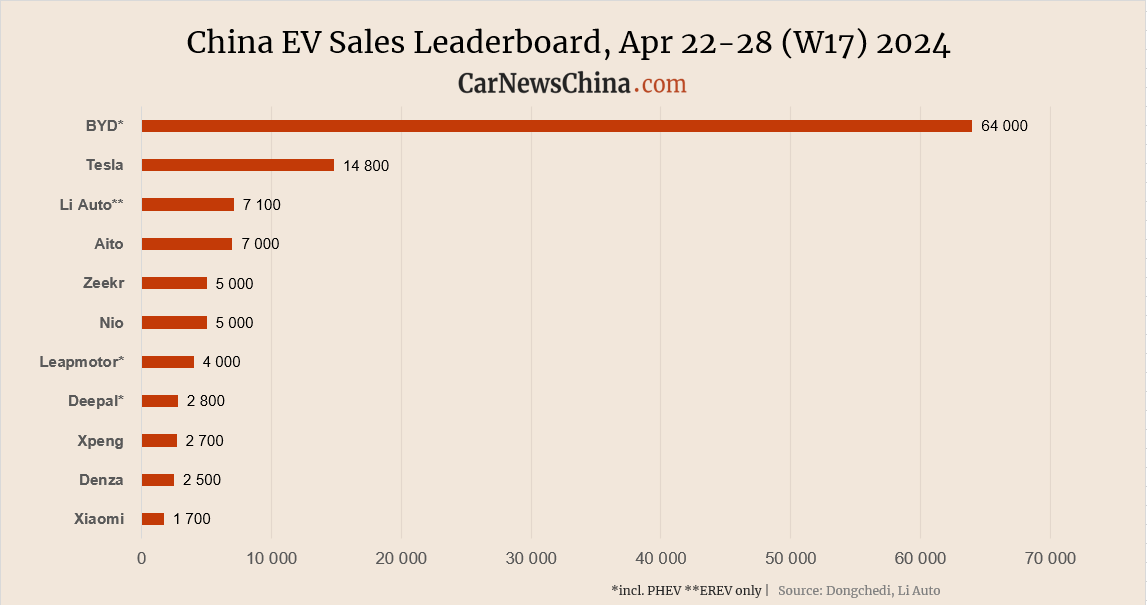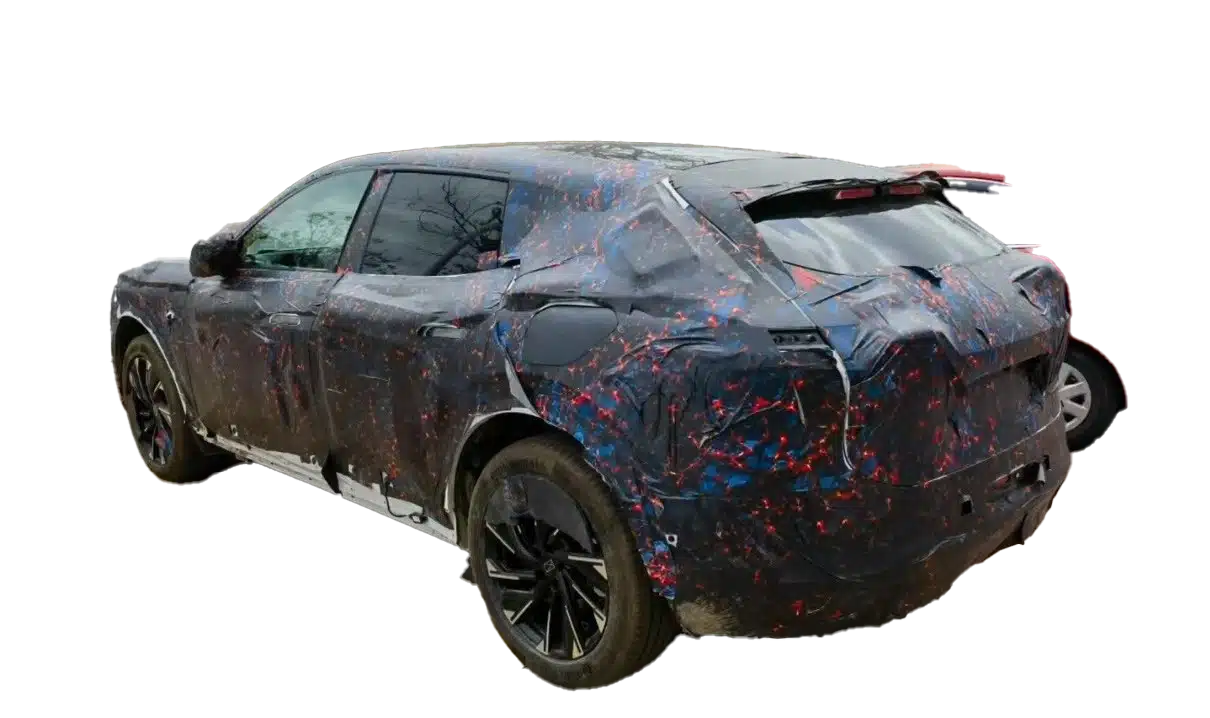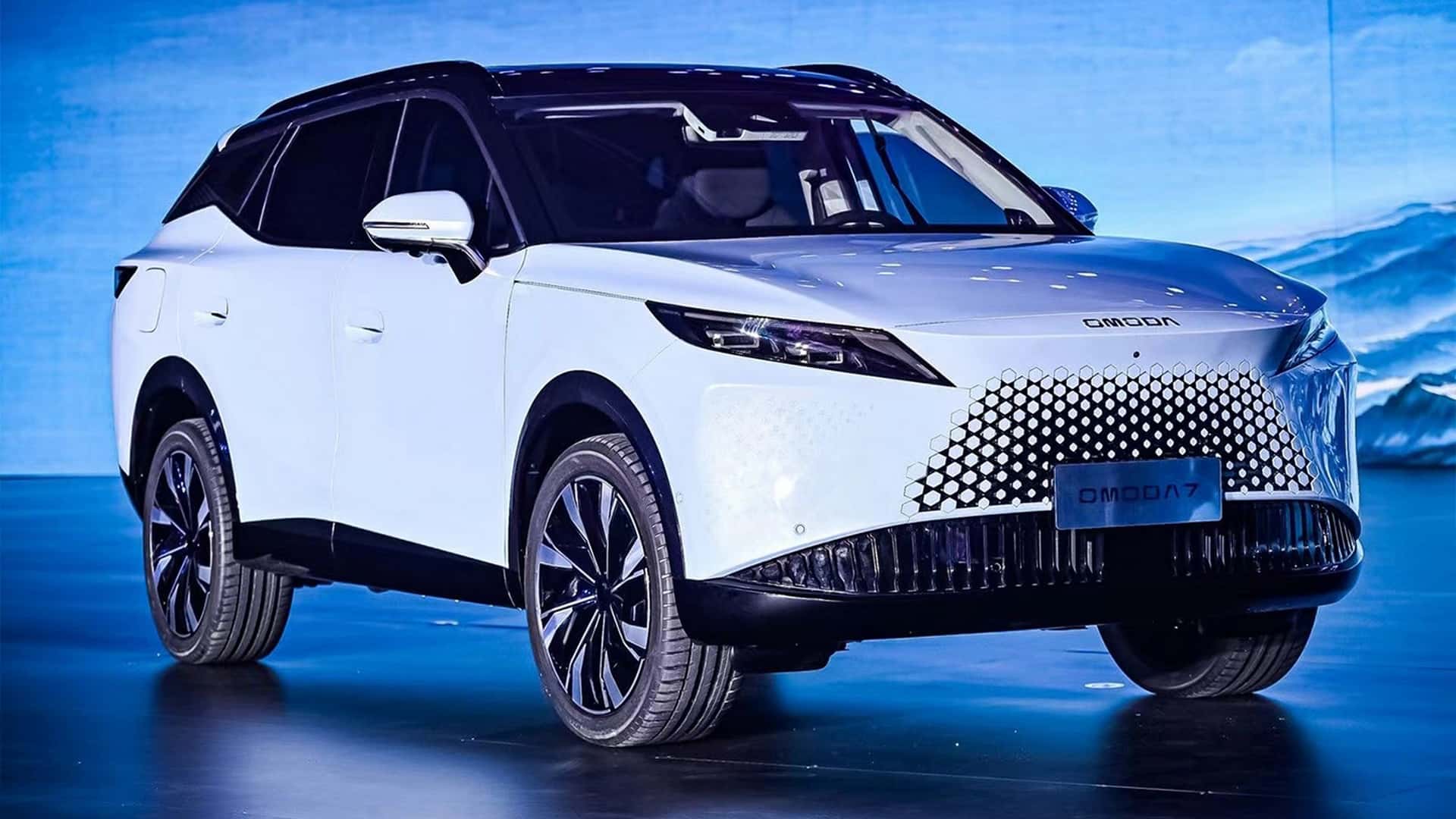Yommie
Elite Member
- Oct 2, 2013
- 63,500
- 37,167
- Country of Origin

- Country of Residence

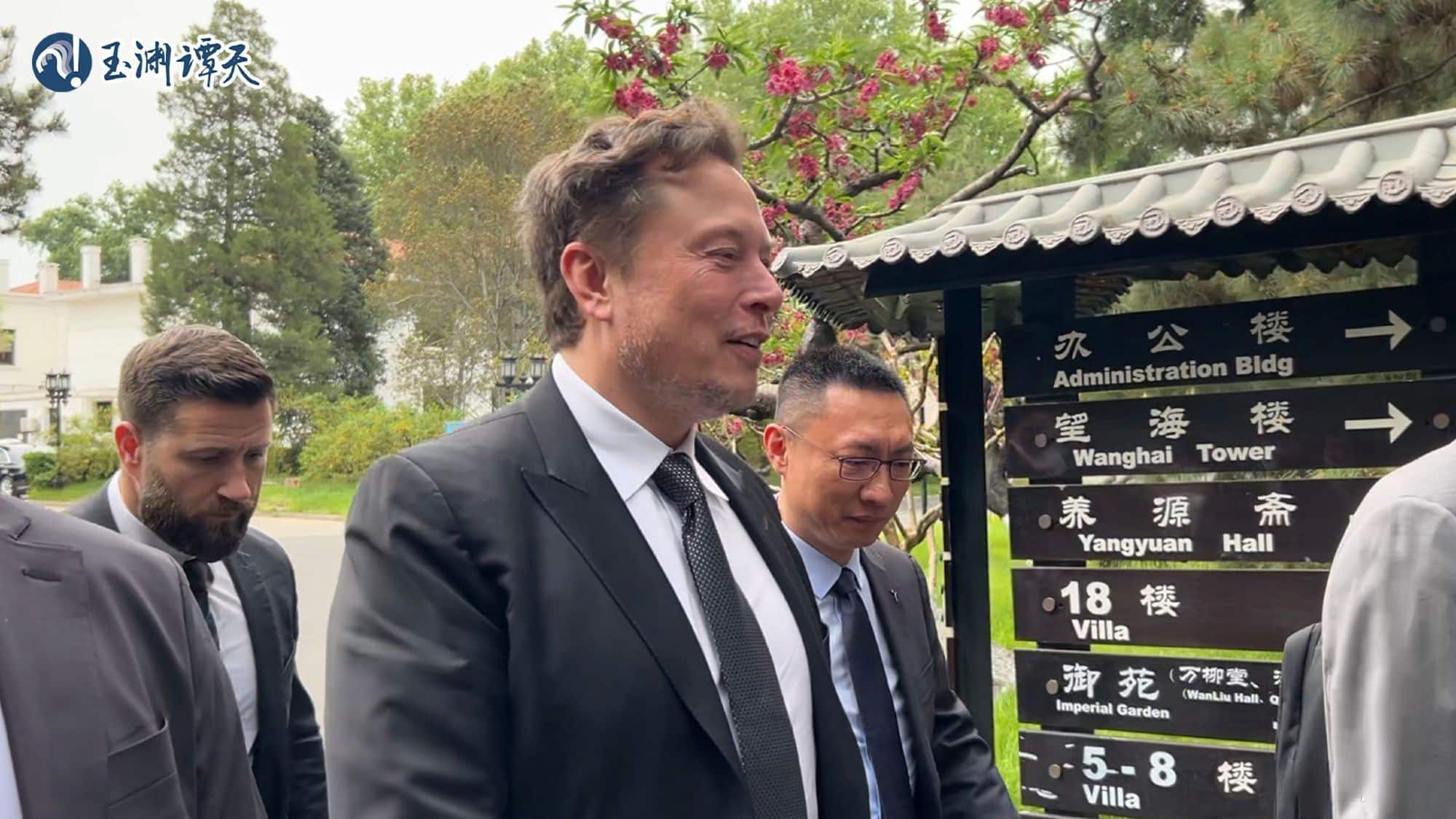
Elon Musk landed in Beijing to seek FSD China approval
Musk previosuly said that FSD will be avaiable in China soon.
 carnewschina.com
carnewschina.com
Elon Musk landed in Beijing to seek FSD China approval
Reading Time: 2 minutes
Jiri Opletal
April 28, 2024
0
 Elon Musk in Beijing as reported by state-owned CCTV. Credit: CCTV
Elon Musk in Beijing as reported by state-owned CCTV. Credit: CCTVNews like this to your inbox or phone?
Weekly summary to your inbox
I want this
Never miss and important news
Get Instant notification once the news is published.
Follow Us
Tesla CEO Elon Musk surprisingly arrived in China on April 28, seeking approval for Tesla’s Full Self Driving (FSD) in the domestic market and possibly visiting the Beijing Auto Show.
Reports indicate that he will meet with senior officials to discuss the rollout of FSD software and the authorization to transfer data overseas. Despite the software’s launch four years ago, Tesla has not yet made it available in China, its second-largest market. This delay has prompted customers to call for its release as competition in ADAS and autonomous driving SW is intensifying in China.
Earlier today, the China Consumers Association (CCA) reported that Tesla, along with 76 models from six car companies, met all four data security requirements for automotive data processing, indicating that Tesla localization storage is complete.
In April, Musk teased on social media platform X that FSD may be available to Chinese customers very soon.
According to the Chinese media, Tesla CEO Elon Musk wants to discuss with government officials the approval to transfer data gathered in China to overseas locations for the purpose of training algorithms for Tesla’s autonomous driving technologies.
As Chinese law requires, all information collected by the Tesla fleet is stored locally in domestic data centers without being sent to an overseas HQ in the US.
If Tesla’s FSD is launched in China, it will face competition from local EV startups. Guangzhou-based Xpeng recently expanded its XNGP (Xpeng Navigation Guided Pilot) nationwide to all roads in China. It plans to make it available globally in 2025, as testing on European roads has already started.
In March, Nio made its NOP+ (Navigate on Pilot Plus) available throughout China, recruiting the first 100 testers. NOP was previously only usable on highways. Nio plans to bring its assisted driving software overseas.
Geely and Baidu (China’s Google) unveiled a new brand, Jiyue, last year, focusing on reaching L4 autonomous driving with their models, which include the Jiyue 01 SUV and the recently unveiled Jiuye 07 sedan. And Huawei is not behind with its Aito and Avatr brands, which offer various levels of advanced and autonomous driving systems called Huawei ADS.
Officially, Musk was invited by the organizer of the Beijing Auto Show, recently renamed Auto China, the China Council for the Promotion of International Trade reported. “I am very happy to see the progress of electric vehicles in China. All cars in the future will be electric,” Musk said on camera. Tesla is among the few automakers that didn’t have a presence at the show. However, it is rumored Musk will visit the venue on Monday.
Musk wouldn’t be the only US automaker CEO who appears at 2024 Auto China. Mary Barra, GM CEO, made a low-profile visit to the show on Friday, being seen around the Chevrolet and Nio booths.











